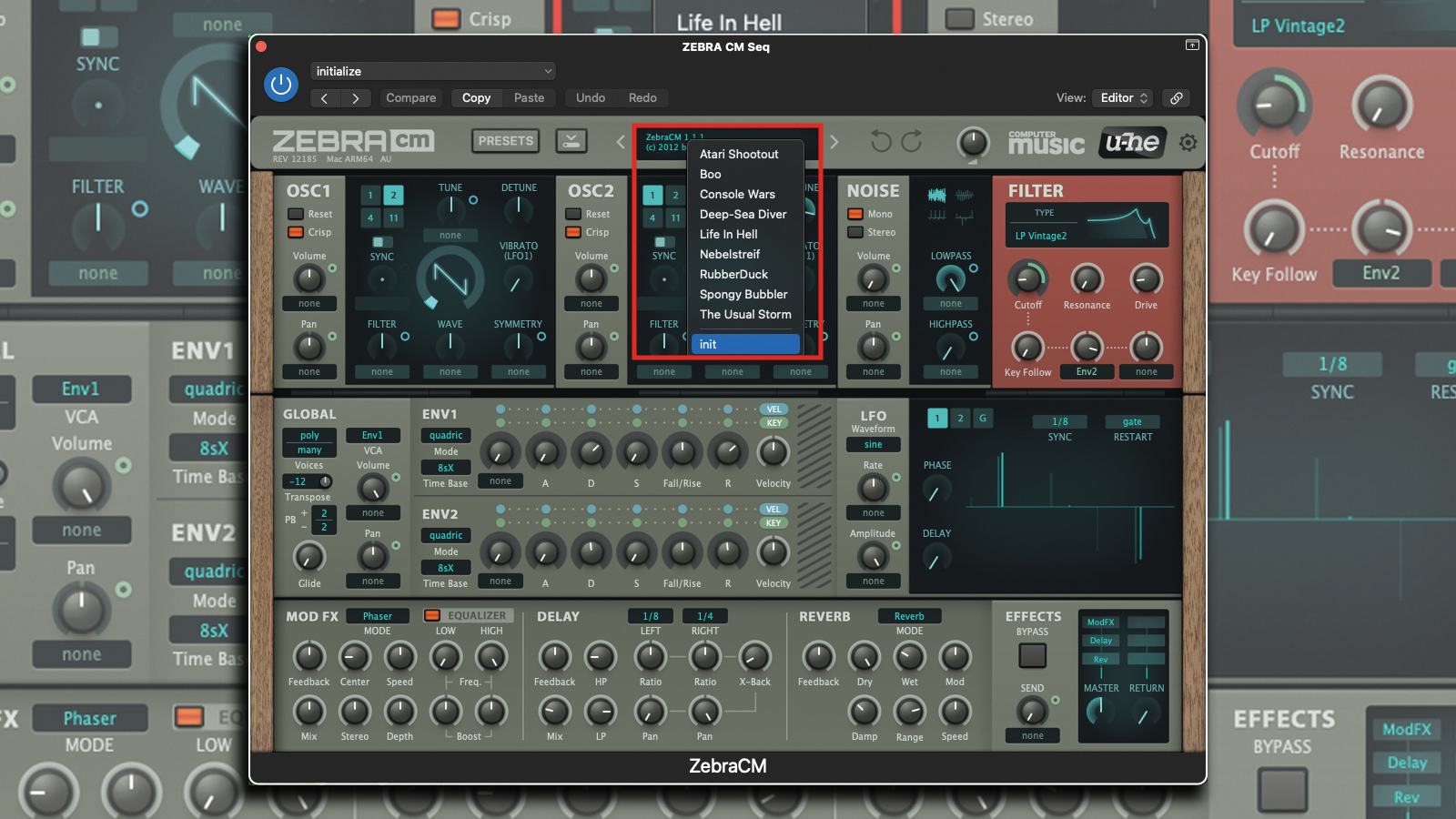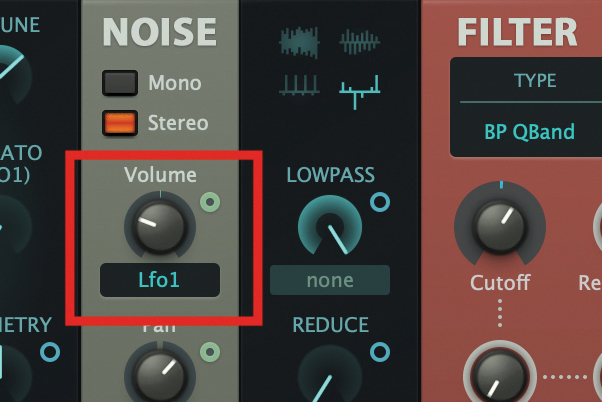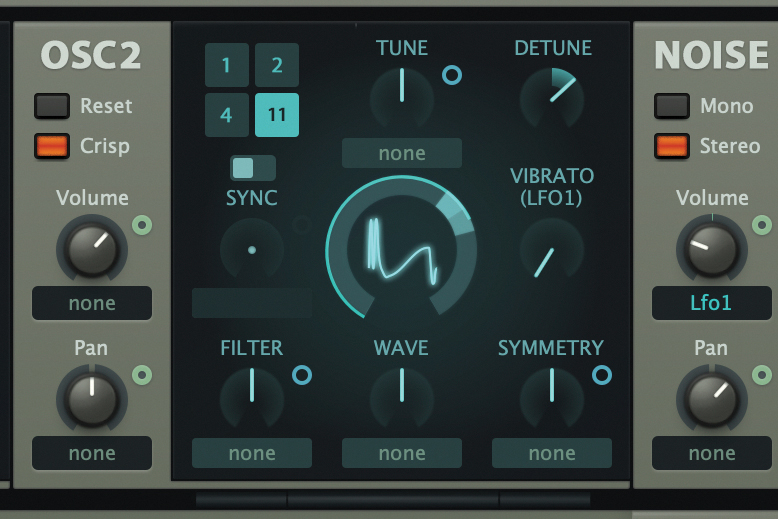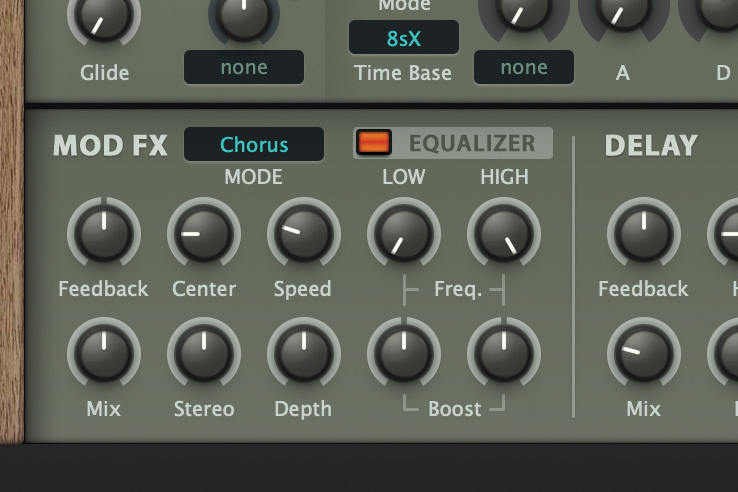How to make a polished modern soft synth sound like a dusty old ’70s vintage synth: "Thanks to unstable circuitry, the vintage polysynths of yesteryear have a character of their own"
Get those vintage vibes without the price tag

One of the criticisms of polysynths in 2024 is that they’re just too good. Rose-tinted spectacles, yes, but the vintage polysynths of yesteryear did have a character of their own, thanks to unstable circuitry, so let’s try and get some of that instability into 2024...

In this tutorial we're using ZebraCM, a free synth plugin that comes bundled with every issue of Computer Music Magazine as part of the CM Plugin Suite.
After opening up a blank patch, for the moment we’ll keep OSC1 on the simple sawtooth that arrives with the Init patch as it will be more authentically analogue from the ’70s, but we’ll be back to cheat a bit later.

For OSC2, dial up a square wave, again something that is more suited to the era we’re aiming for (and again, we’ll be back to add some modern flourishes later).

For OSC2, dial up a square wave, again something that is more suited to the era we’re aiming for (and again, we’ll be back to add some modern flourishes later).

For the Amp envelope, we’re steering away from pad sounds, but we still want it to drift away. So we’re keeping the Decay (87), Sustain (100) and Release (88) values high, while the Attack is more punchy (3).

The next step is key. Going for a lo-fi sound, we’ll put a bandpass filter in the fray but rather than destroy the sound – which it could – we’ll modulate it shortly. Select BP QBand from the filter options.
Want all the hottest music and gear news, reviews, deals, features and more, direct to your inbox? Sign up here.

We want the sound to drift just like an ancient analogue poly and there are several ways to do this. First we set a very slow LFO (rate around 35) and then apply this to the cutoff frequency by selecting LFO1 in one of the modulation slots. If the drift is too much, pull the cutoff frequency back. We found 92 to be a good value.

Now, depending on how 1970s you want to go, apply this LFO drift to the noise oscillator too. You should have noise drifting in as your filter rises and falls. Play with the Noise volume – we found anything above 50 started to sound like the intro to a 1970s Jean-Michel Jarre record, but maybe that’s what we’re going for.

Tuning was certainly an issue with 1970s synths, so you could also apply this drifting LFO to the tuning of the oscillators for an even more drifting vintage vibe. However, we found doing this to be a bit too much; with some aspects of ZebraCM, it’s not so easy to be subtle. But try it… you might like it.

That’s it! But we’re going to take it further, because we can’t help adding some modern flourishes, while hopefully retaining the vintage lo-fi. First up, adjust the value of the OSC1 waveform to 5. We’ll add some Unison (Quad 4) and Detune. Now we’re sounding a bit Bowie-ish, perhaps something from the b-side of Low.

Thickening it further, we’ve pushed OSC2 up to 11, ‘Unison’ 11 and Detune up to 16. It still sounds ominously ’70s, but probably would have taken two or three of those vintage keyboards to have produced back then, given the thickness.

Finally effects. Reverb is the obvious one but really makes the sound too muddy; it’s probably best to add in the mix. Chorus on the other hand sounds great, but keep the Speed down (26) or else you’ll have competing drifts!
Andy has been writing about music production and technology for 30 years having started out on Music Technology magazine back in 1992. He has edited the magazines Future Music, Keyboard Review, MusicTech and Computer Music, which he helped launch back in 1998. He owns way too many synthesizers.
